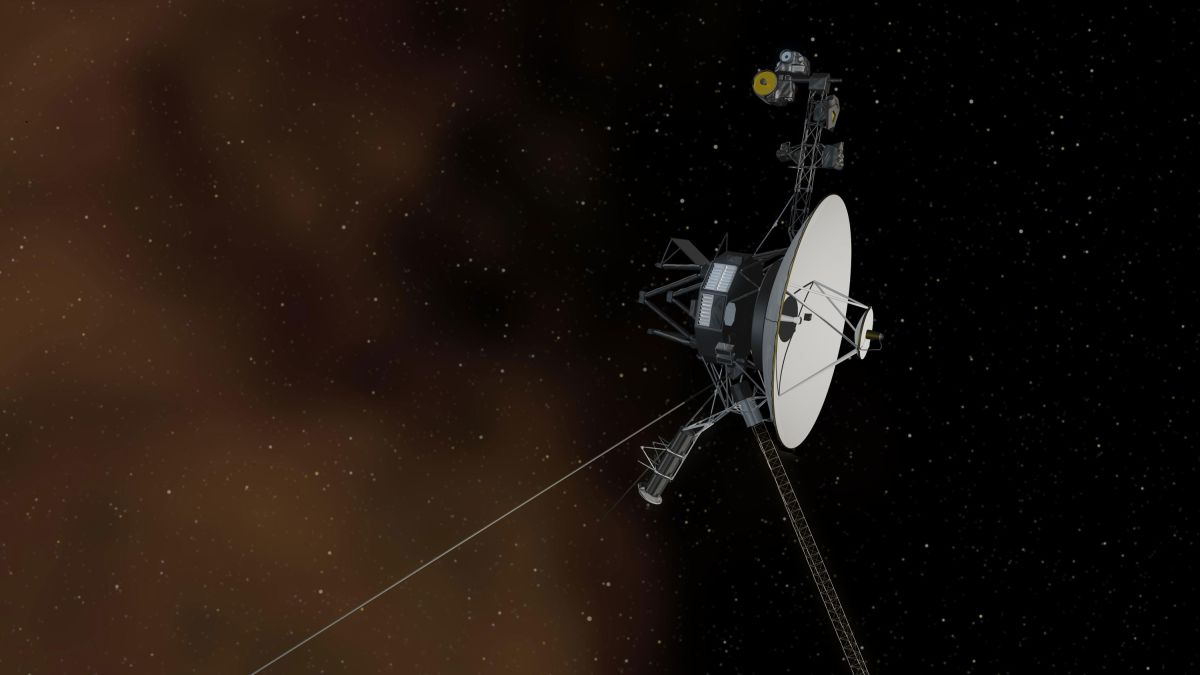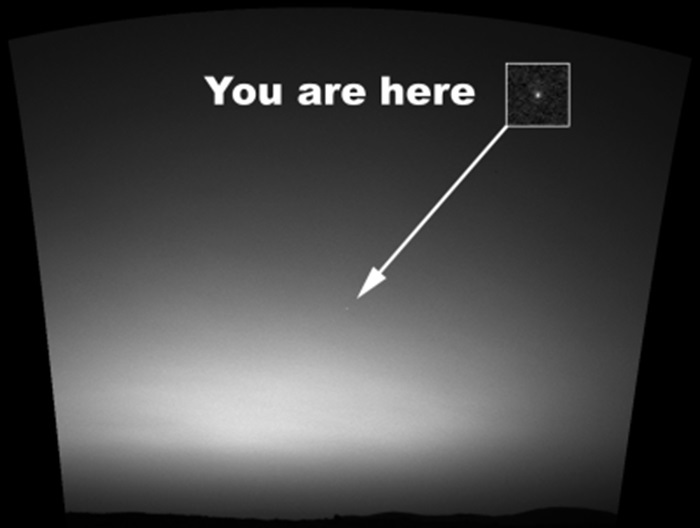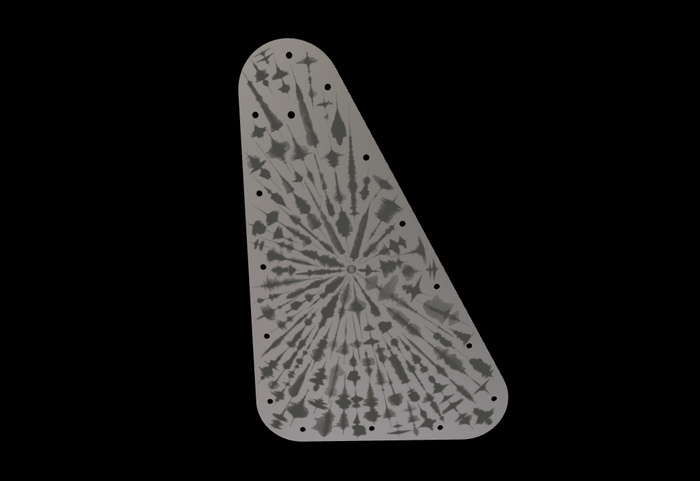What message did humans send to would-be aliens?
1:04
(CNN) --
The Voyager 1 probe is still exploring interstellar space 45 years after its launch, but it has found a problem that baffles the spacecraft team on Earth.
Voyager 1 continues to operate well, despite its advanced age and 23.3 billion km distance from Earth.
And it receives and executes commands sent from NASA, as well as collects and sends scientific data.
But the readings from the attitude control and articulation system, which monitors the spacecraft's orientation in space, don't match what Voyager is actually doing.
The articulation and attitude control system, or AACS, makes sure the probe's high-gain antenna stays pointed at Earth so Voyager can send data back to NASA.
Because of Voyager's interstellar location, light takes 20 hours and 33 minutes to travel one way, so a call and message return between NASA and Voyager takes two days.
So far, the Voyager team believes the AACS is still working, but the instrument's data readouts seem random or impossible.
This system problem has not triggered anything to put the spacecraft into "safe mode" so far.
That's when only essential operations are left running so engineers can diagnose a problem that would put the spacecraft at risk.
advertising
This is the message that humans sent to possible aliens on the Voyager 1 and 2 probes
But Voyager's signal is as strong as ever, which means the antenna is still pointed at Earth.
The team tries to determine if this incorrect data is coming directly from this instrument or if it is originating from another system.
"Until we better understand the nature of the problem, the team cannot predict whether or not this might affect how long the spacecraft will remain capable of collecting and transmitting scientific data," according to a NASA statement.
"A mystery like this is normal at this stage of the Voyager mission," Suzanne Dodd, project manager for Voyager 1 and 2 at NASA's Jet Propulsion Laboratory in Pasadena, California, said in a statement.
"The spacecraft are almost 45 years old, which is well beyond what the mission planners anticipated. We are also in interstellar space, a high-radiation environment that no spacecraft has ever flown in before. There are some big challenges for the engineering team, but I think if there is a way to solve this problem with AACS, our team will find it."
If the team doesn't determine the source of the problem, they may simply adapt to it, Dodd said.
Or if they can find it, the problem can be solved by making a software change or relying on some redundant hardware system.
Voyager 1 and 2: the findings that have left the 42 years of interstellar travel
Voyager already relies on backup security systems to last as long as it has.
In 2017, the probe fired thrusters previously used in its initial planetary encounters in the 1970s, and they are still working after being out of use for 37 years.
Aging probes produce very little power per year, so subsystems and heaters have been turned off over the years so critical systems and science instruments can continue to function.
Voyager 2, a sister spacecraft, continues to operate well in interstellar space 19.5 billion kilometers from Earth.
By comparison, Neptune, the farthest planet from Earth, is only 4.667 million kilometers away at most.
Both probes were launched in 1977 and have far surpassed their original purpose of navigating the planets.
Now, they have become the only two spacecraft that collect data from interstellar space and provide information about the heliosphere, or the bubble created by the sun that extends beyond the planets of our solar system.
FlawsMysteryVoyager 1








